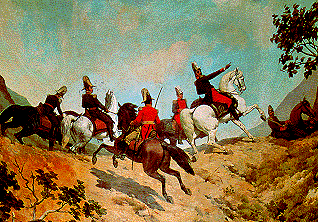Rise Colombia!
A Gran Colombia AAR
So, hey guys!
My name is Dochbork, and I plan to do my first Victoria 2 AAR playing as Gran Colombia with the POD Concert of Europe mod. While I have owned Victoria 2 for some time, I have never done a Vic2 AAR and as such this is my first attempt
So, what are your goals, sweety?
I plan to rise Gran Colombia to Secondary Power status, chocking other South American states along the way. Might as well try a conquest of Central America too.
How long do you think this will last?
Dunno. I will try to extent this as long as possible, and have fun along the way. Sounds good, ja?
Frequency of updates?
Depends on school, really.
So that is all for now! I plan to do the first update propably tommorow, and we will see from there on.
Hail Gran Colombia!
EDIT: This is HOD. Nevermind
Last edited:







